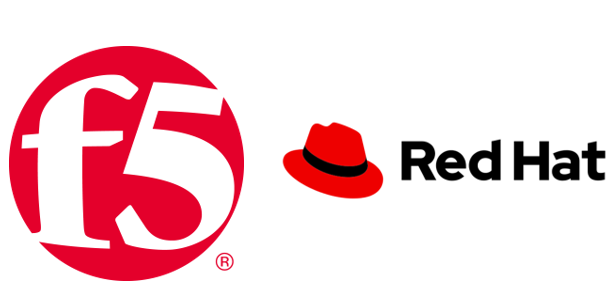Securities class actions are rising, and insurers are watching closely

Artificial intelligence (AI) has emerged as a powerful driver of business growth. Many companies are eager to showcase their embrace of AI to attract capital and boost shareholder confidence.
However, experts warn that a troubling trend – “AI washing” – can create significant exposure for leaders of publicly traded companies. AI washing refers to overstating or outright fabricating a company’s AI capabilities to appeal to investors.
The practice mirrors earlier phenomena that have triggered large lawsuits, such as greenwashing, according to Ray Ash (pictured below), head of financial lines at Westfield Specialty.
“It's similar to what we saw even during COVID-19, when companies hyped nonexistent treatments or solutions and their stock prices surged, only to crash when the truth came out,” Ash said. “Some companies are claiming AI capabilities they don’t actually have, which can artificially inflate share prices and eventually lead to securities litigation.”

Class-actions rising around AI washing
According to Nora Hattauer (pictured directly below), head of financial lines at Zurich North America, this is already playing out in courtrooms.
“We have seen securities class actions where companies project significant revenue growth based on AI integration, but then earnings don’t bear out,” Hattauer told Insurance Business. “It’s reminiscent of the early 2000s dot-com bubble.”

Research by Cornerstone Research and Stanford Law School’s Securities Class Action Clearinghouse released earlier this year confirmed that the number of lawsuits alleging firms misled shareholders about their use of AI, the technology’s ability to propel their future growth, or other AI-related claims more than doubled to 15 in 2024.
In some cases, Hattauer said, companies leaned into technological buzzwords to gain investor favor, even if those claims didn’t reflect operational reality. The result: share price drops and a wave of litigation.
While regulatory bodies such as the SEC have not yet aggressively pursued AI washing cases, the threat of litigation remains high.
“Securities class actions don’t always require an SEC action to move forward,” Hattauer said. “Even in the absence of regulatory enforcement, the plaintiffs’ bar will still be active.”
What are the exposures from AI washing?
In a business environment where AI promises are increasingly tied to stock performance, the margin for error, or overstatement, is razor-thin, D&O experts warned.
The unique risk posed by AI is that it’s complex and poorly understood, even within many boardrooms. This makes it easier for companies to oversell their capabilities without necessarily realizing they are misrepresenting material facts.
“Even sophisticated companies can fall into the trap of overstating AI capabilities, intentionally or not,” Ash said.
For insurers, this means heightened exposure under directors and officers (D&O) policies, which cover executives against claims of misrepresentation, negligence, and breach of fiduciary duty. Carriers might soon see a growing volume of claims tied to AI projections, but find it challenging to assess underwriting risk due to limited transparency around actual AI deployment.
Ash and Hattauer point out that regulatory enforcement around AI-related misrepresentation remains nascent.
“Under the current administration, we’ve seen a lighter regulatory touch,” Ash noted. “But companies should remember that the statute of limitations for violations can extend five to six years.”
Hattauer agreed, pointing out that while direct regulatory action has not yet materialized, scrutiny is increasing, especially for financial institutions and asset managers using AI in portfolio design or risk modelling.
For commercial enterprises, this means enforcement may lag, but liability risk is still very real. “Civil litigation will fill that gap,” Hattauer said.
Mitigating the risk of AI washing
To mitigate this risk, Hattauer emphasized the importance of governance and transparency.
“What companies can do is be deliberate and thoughtful,” she said. “That means having documented board meetings where they talk through their AI strategy: what it is, how it’s being implemented, and how it's being communicated to the market.”
Drawing a parallel to cybersecurity, she recommends robust Enterprise Risk Management (ERM) practices, where AI strategy is treated as a core business risk.
“If they can show a well-reasoned process, that they were acting in the best interest of the company and shareholders, they’ll often be protected under the business judgment rule,” Hattauer said.
Ash added that even if enforcement is low for now, policyholders must think long-term.
“Penalties could still come later,” Ash said. “Don’t assume that today’s light regulatory touch means you're in the clear.”









 English (US) ·
English (US) ·